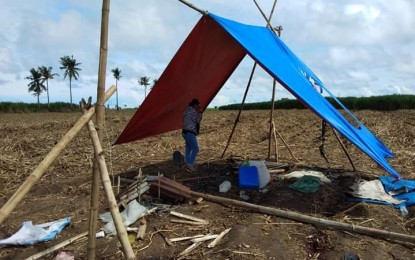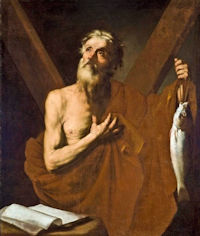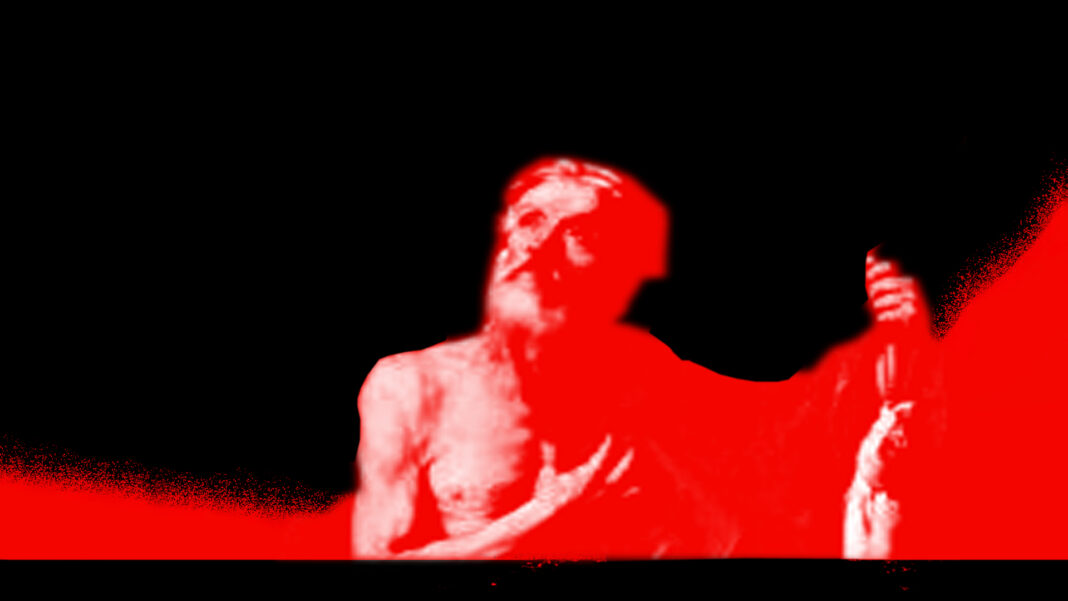Last year, Philippine Churches, especially the Roman Catholic Church, marked the month of November for Christian martyrs. Cathedrals, national shrines, and parishes supposedly be “awash in red lights and adornments in November to mark the sacrifice of Christians all over the world.”
The “Red Wednesday,” is a global campaign of the Churches through-out the world that “aims to raise awareness on the persecution of Christians.” The red color symbolizes martyrdom.
The Catholic Bishops Conference of the Philippines (CBCP) ordered “all bishops to illuminate all cathedrals, national shrines, and minor basilicas with red lights to remember the blood of the faithful who have been killed because of the Christian faith.”
The Red Wednesday campaign was initiated in the United Kingdom by the Aid to the Church in Need (ACN) foundation. The Philippine Churches joined the campaign last year.
Participating in this “Red Wednesday” campaign in the month of November is a noble, meaningful and relevant deed of Christians. Though, the first day of November was observed by many Filipinos as the day to commemorate their faithful departed but the truth is that November 1 is an All Saints Day. All saints and martyrs should be remembered on November 1.
The progressive church people should help popularize the commemoration of the martyrs in November. There were many martyrs during the Philippine Revolution who are also worth of remembering. Filipinos should not forget the martyrs during the Marcos dictatorship and the subsequent regimes. There are still many martyrs at the present time, in the continuing struggle for national liberation and democracy.
Last month, the military-concocted “Red October” claimed the blood of the victims of Sagay massacre and other victims of extra-judicial killings through-out the country.

Massacres or killings are pictures not only of the martyred individuals but scenes of the sufferings of the families and the communities they belong or have served. Basically, the suffering of the Filipino people is also seen as a martyrdom of the people in the Philippines, a nation of martyrs.
As martyrdom is being applied only to those who suffered for their religious beliefs, in the modern world the term has come to be used in connection with people killed for a political belief and cause.
In general, the demand of ultimate sacrifice is common to all Christians and church people as prophets. Joining in the struggle in the Philippines also demands sacrifices. The Philippines as a nation of Christians is still a nation of martyrs given to its character as a semi-colonial ad semi-feudal society. It entails sacrifices so that the poor and oppressed will be emancipated, and justice and lasting peace will reign.
The martyrdom of the Filipinos can be seen in the faith of the Filipino people. The faith in Jesus Christ who was the victim of trumped-up charges, executed but had rose in glory to show to the world that death is not the end. The blood of Jesus Christ and the martyrs will surely wash away the works of the devils, the oppressors, in this country.
The participation of every Filipino in the struggle for national liberation must be understood as a form of self-sacrifice, a kind of martyrdom.
Everyone’s life offered in the altar of the new democratic struggle is a strength to his/her comrades and the encouragement to persevere in the struggle because in the Philippine context a struggle is an imperative. Thus, a theology of struggle was conceptualized and actualized by those church people whose faith was being nurtured by the poor people they have served.
The Red Wednesday in November is only proper and right. The sacrifices of the Filipinos and the people around the world will be given importance as the Christian seasons will end in November. The last Sunday of November will mark the Feast of Jesus Christ as King. His kingly power is service. The Gospel of Mark 9:35 says, “If anyone wants to be first, he must be the last of all and the servant of all.”
November 30 is also the martyrdom of St. Andrew, the Apostle of Jesus who brought “a boy with two fish and five barley loaves to Jesus, who multiplied them to feed 5,000 people (John 6:8-13). He died on the cross. The iconography of the martyrdom of Andrew — showing him bound to an X-shaped cross.






























